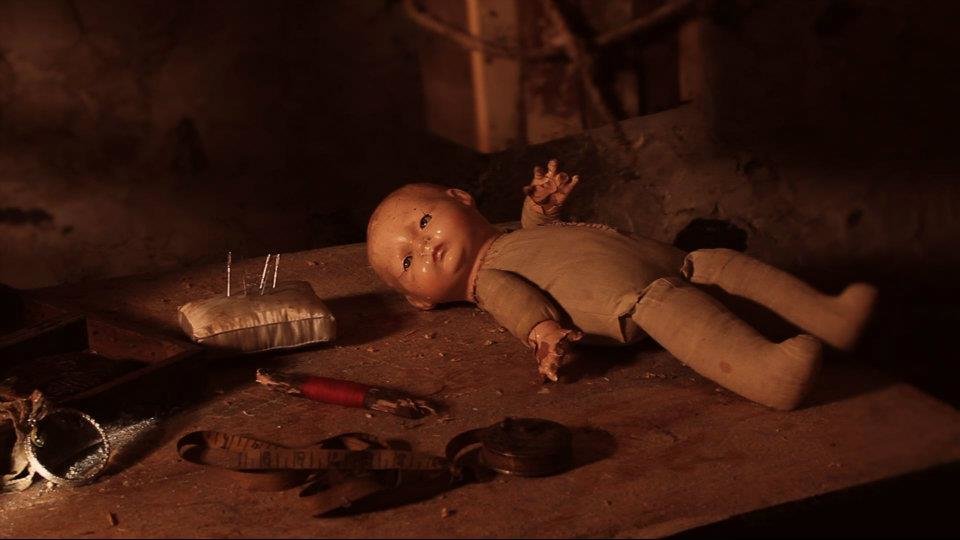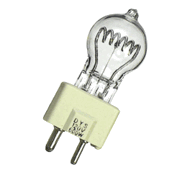
David A Smith
Basic Member-
Posts
9 -
Joined
-
Last visited
Profile Information
-
Occupation
Other
Recent Profile Visitors
1,075 profile views
-
Light is like water, what do you want to do with it? Carbonate it, color it, flavor it, thicken it...... When you invest in lights you must think modification of the light; how do you want to modify that light, just like when you modify water. What do you want to add or take away in order to get the results you need If you are shooting a lot, invest in lights that will endure wear and tear, that doesn't always mean expensive lights but rather build quality Yesterday, I saw a Youtube tutorial on lighting and the guy said "All your lights should have the same color temperature". That is not necessarily true, not at all, because it's all relative to what you want your image to look like. God forbid some of your lights are not the same color temperature. Sure we work with conversion filters but not everything has to match and again it depends what you are trying to achieve. This shot here that I did has several different light color temperatures; there's a flashlight that was used, a Lee Amber filter on a Lowel Pro and then a 40 watt soft household incandescent bulb. All 3 of those have different color temperatures The tendency is to buy lights and not think modification of that light, so someone goes out and buys a Smith Victor light kit with 3 umbrellas and calls it a day or they buy 2 soft boxes because they are "easy" You are better off customizing and building your kit from the ground up. If you don't have a lot of money there are ways to build a light kit without going crazy. You're looking at build quality though because if you plan on shooting a lot, the money invested in "cheap build" will fly out the door once wear and tear hits them You want to look at barn doors, scrims, flags, black cine foil even different light bulbs, it's about modification of light. Don't get hung up the TYPE of light, but how are you going to modify it and will it work for your images in video and your scene that you are shooting People get hung up on Tungsten and state "They are hot" but the real issue is - does that tungsten bulb in that particular light housing with that a particular modification (scrim, foil or barn door) work for you. I don't care if it's hot, cold or lukewarm Stick a reproduction antique Edison filament bulb in an older Smith Victor A50 and you get this funky looking light pattern. Change the bulb in that housing to a household 40 watt "amber" colored festival bulb and you get something else Build a unique kit and you get uniquer lighting and get to know your kit. Don't buy cheap that will fall apart but buy light housings that work for you and modifications accessories that are interesting.
-
White costume on white background?
David A Smith replied to Pattyjae's topic in Lighting for Film & Video
-
White costume on white background?
David A Smith replied to Pattyjae's topic in Lighting for Film & Video
Look at the 50 second mark in this video My feeling is always do TEST SHOTS. Even if it's on a small scale using one band member. When you say "blow it out" that may not be the term you want to have in your head but what I think you are saying is you are going to blow out the white back drop. My opinion is you light the 2 separately then you have control over contrast and brightness on each surface - the backdrop and then the talent. If you just blow it all out with all lights forward and pointed at both the talent and the backdrop it will be an issue It's like lighting Green screen in some sense, not exactly but you light the back drop separately from the talent And keep them at a distance from the backdrop, not right up against it or a few feet, you want control of backdrop versus subject I would do a small test shot because I have worked with bands and there is nothing worse than an entire band unhappy with their decisions and images. -
Omni light eating bulbs?
David A Smith replied to David Auner aac's topic in Lighting for Film & Video
I suspect you are not pushing the bulb in far enough into the socket and you have an arc across the 2 prongs that are exposed Also, if you don't insert the bulb all the way in and then use the focus handle, the bulb will hit the reflector and it will push against it It has to be firmly seated and you are sure you are not touching the bulb with your hands before inserting or even using gloves that have residue on them Also, how are you transporting your bulbs from job to job, are they in foam or wrapping or in a case? David Smith http://www.skyjamvideos.com -
Here is the set up but I need advice from seasoned people I am doing a short video and the majority of camera shots are pointed at a figure at a table with a vinyl banner in the backdrop, actually 2 feet behind the actor. This is all indoors These are the type of vinyl banners you see hanging out in front of "new" stores or at sporting events at high schools. The banner I have is white with some colored text, a small photo on it, it is 2 feet high by 5 feet long I plan on using soft light to avoid hard light on the banner as I need to avoid any glaring light reflection or hot spots My question is, would a circular polarizing filter on the camcorder help me in regards to any light reflection on the vinyl banner or no? I'm not looking to eliminate all glares as in reality a banner would show that in a room with lights but I don't want to much of this on the banner where it is distracting from the subject My light kit is a Lowel kit and I have about 7 lowel lights; some lowel pros, totas and omni's. I have lots of modifiers for my lights - barndoors, gel frames, snoots, umbrellas, falg set, etc..... My plan was to umbrella the lighting (white umbrella) and put those off to the side of the banner, not in front of it becasue of possible reflection or a large hot spot My background is, I have some experience, I can light good, I'm not great though. I really take my time and use a monitor. I also use a light meter at times just to gauge things here and there if need be Any help from people more seasoned individuals would be much appreciated on this subject Thank you for your time and any responses David Smith http://www.skyjamvideos.com
-
I recently did a music video - don't be to hard on me as I'm not a pro. I did the whole music video alone with no crew, no help at all. I did all the lighting, camera work, editing and simple set design But my question is this, and I'm puzzled by it At 38 seconds you will see a swinging light bulb in the picture and throughout the video. The bulb was a 60 Watt RED incandescent bulb with a little blinker disc that I inserted into the socket. Actually there are two of these in the video - 2 red bulbs. and on top of this I used LEE red gels on most of the surrounding lights, so I would think this would help make the bulb more red (but that doesn't sound right does it) The bulb showed up as Yellow and not red. I don't get it? I white balanced. Someone said it's the theory of luminescence, which i don't get. Why would the bulbs show up yellow? Did the blinker make the color change, like a dimmer or intermittent fast dimmer on and off? I shot this with a consumer 3ccd Panasonic $598 GS500 camcorder, so nothing fancy Any suggestions or help on this would be appreciated. Thank you for your time. David Here is the music video - note the bulb especially at 38 seconds swinging Ice Nine Kills Music Video
-
I am somewhat new to this but I did go to film school so you can throw info at me and most of it I will understand I am really baffled in regards to post production altering of an image (color and light) versus "on set" manipulation of an image using warm cards or screw on filters for example. I am referrong to video not film What I am trying to understand and I may be incorrect 1. When you use warming cards or screw on filters with a camcorder, are you not altering light as it enters the camcorder and the CCD is processing that with digital numbers? Versus post production where you are altering individual pixels or groups of pixels Is there not a difference in quality of image? For example, let's say you use a #1 warm card for white balancing and you like the way it looks, how is this so different than just using a white card to balance and then "warming" up the image in post production editing. Is the overall look better for one versus the other? Thank you for your time David



